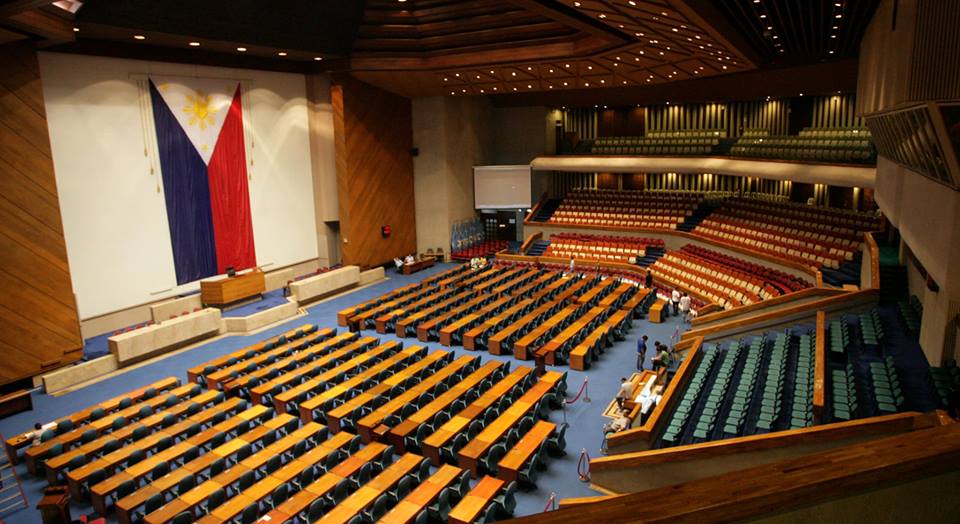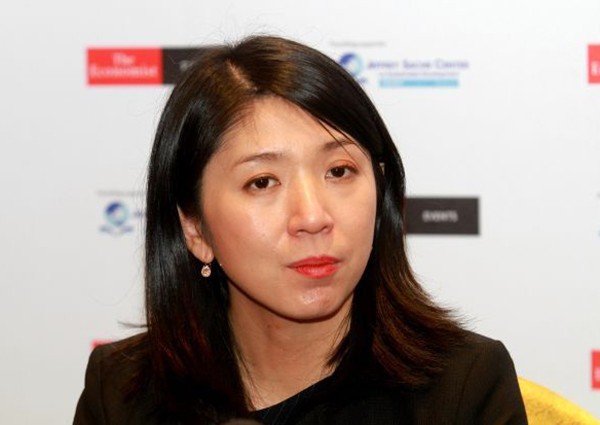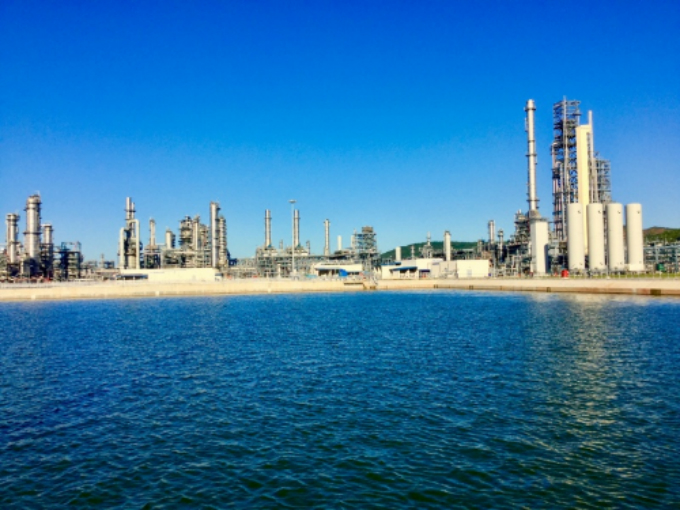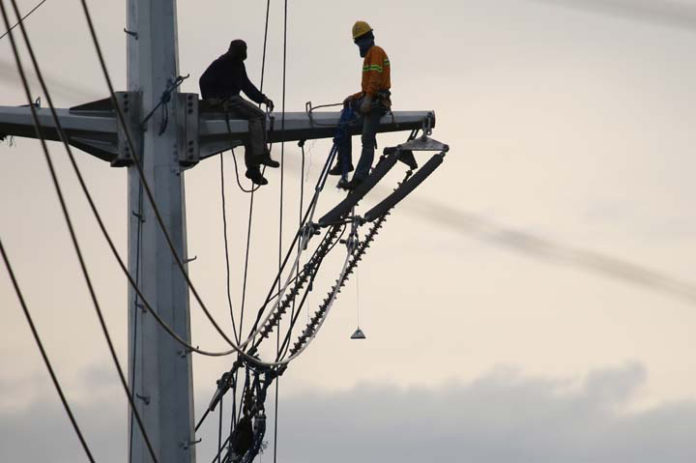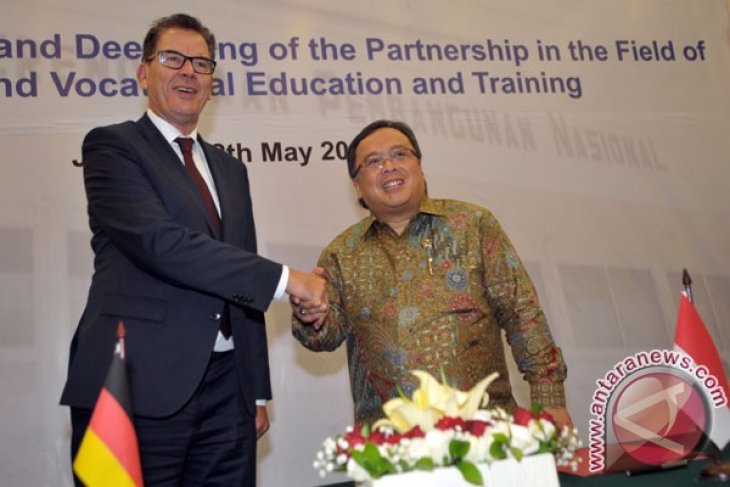- Others
–
- Philippines

MANILA — The House of Representatives approved on third and final reading this week a measure seeking to streamline the process of securing the necessary permits for power generation projects through an Energy Virtual One-Stop Shop (eVOSS).
With 215 affirmative votes, seven negative votes and no abstention, the Lower House approved House Bill 8417, which aims to improve the ease of doing business and bring down steep transaction costs associated with the numerous requisites for power projects.
The bill also aims to ensure the timely completion of energy projects by eliminating duplication, redundancy, and overlapping mandates in the submission and processing of requirements.
Under the measure, an eVOSS shall be established under the supervision of the Department of Energy (DOE).
The eVOSS will be an online system that will allow simplified and streamlined submission and processing of documents required for power generation, transmission, and distribution projects. It will also provide a single decision-making avenue for actions on applications for permits and certifications.
For convenience of project proponents, it shall use an online payment system for applications, and provide a secure and accessible paperless processing system.
Other advantages shall include a unified permitting process, uniform templates for electronic documentary requirements, and simplified manner of compliance with mandated processing time, as well as in updating and monitoring of electronic documentary requirements.
An eVOSS Coordinating Council shall be created with the DOE Secretary as Chairperson and the Department of Information and Communications Technology (DICT) Secretary as Vice Chairperson.
AKO Bicol Party-list Rep. Rodel Batocabe, sponsor and author of the measure, stressed that “a faster and more efficient application and processing time for power generation projects through this eVOSS will eliminate red tape, cut expenses, and translate into lower price of electricity.”
“It is important to attract greenfield power generation developers and fast-track the construction of power plants. However, a barrier to the entry of new plants, is this lengthy and tedious permitting process coupled with numerous documentary requirements,” he said.
“This bill, if enacted into law, will address the time-consuming and lengthy permitting process by eliminating redundancy, providing an easy online platform for government approval, and utilizing a paperless processing system. This will eventually give new power generation developers an easier time to start their power generation projects,” he added.


